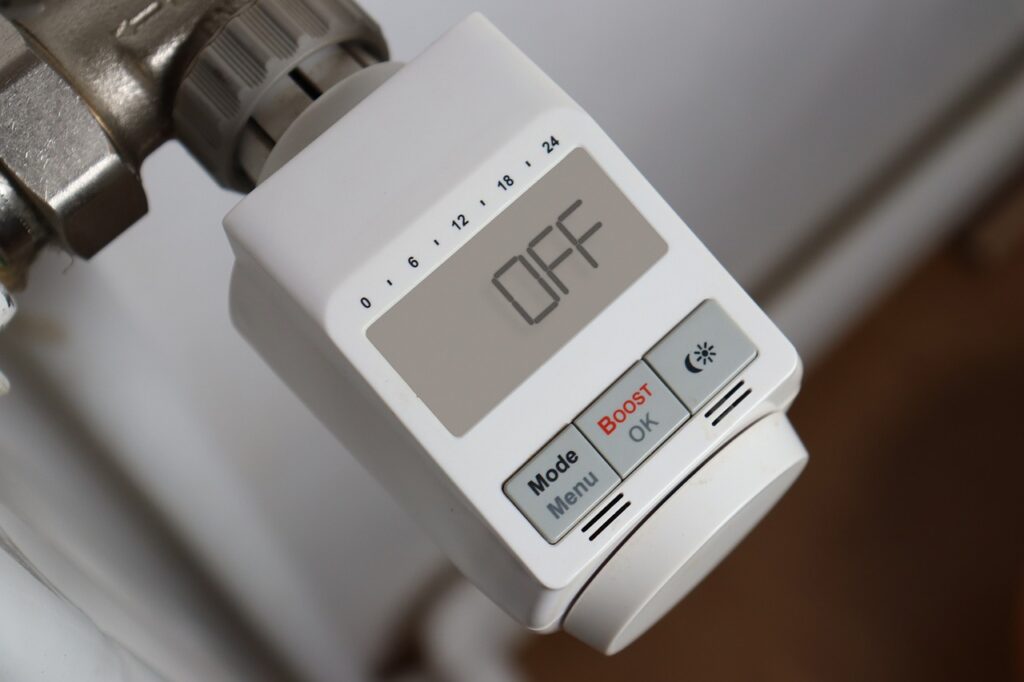Smart thermostats have revolutionized the way we manage our home heating and cooling systems. By integrating advanced technology with user-friendly interfaces, these devices allow for more precise control over indoor climates while promoting energy efficiency. This article explores the technological underpinnings of smart thermostats, their benefits, and how they can transform not only your comfort but also your energy consumption patterns.
In recent years, smart thermostats have gained immense popularity among homeowners seeking to enhance their living environments while minimizing energy expenditures. These devices offer a blend of convenience, efficiency, and innovative features that redefine traditional climate control systems. In this article, we will delve into the technology behind smart thermostats, their functionality, and the numerous benefits they bring to your home.
What is a smart thermostat? A smart thermostat is a device that allows for remote management and automation of your home’s heating and cooling systems through smartphone applications or voice-activated assistants.
How do smart thermostats save energy? They learn your heating and cooling habits over time, optimizing settings to reduce energy use when you’re not home or when you’re asleep, resulting in lower utility bills.
Can I install a smart thermostat myself? Many smart thermostats are designed for easy installation, often allowing users to do it themselves. However, professional installation may be recommended for complex systems.
Smart Features of Smart Thermostats
Smart thermostats come equipped with an array of features that enhance usability and efficiency. Understanding these features can help you appreciate their value.
- Wi-Fi Connectivity:Enables remote access via smartphone apps, allowing adjustments from anywhere.
- Learning Algorithms:These devices adapt to your schedule, learning your preferences to optimize heating and cooling automatically.
- Energy Reports:Users receive insights into energy usage patterns, helping them make informed decisions about their consumption.
- Voice Control Integration:Compatibility with smart home ecosystems like Amazon Alexa and Google Assistant for hands-free operation.
- Zoning Control: Some models allow for managing different areas of the home independently, improving comfort and efficiency.
Installation Process of Smart Thermostats
Installing a smart thermostat can seem daunting, but it is typically straightforward. Here’s what you need to know.
- Turn Off Power:Always switch off the power to your HVAC system before beginning any installation to ensure safety.
- Remove Old Thermostat:Carefully detach the existing thermostat, noting the wire connections for reference.
- Connect Wires to New Device:Match the wires to the corresponding terminals in your new smart thermostat based on the manufacturer’s instructions.
- Mount the Thermostat: Secure the thermostat to the wall, ensuring it is level for accurate readings.
- Restore Power: Turn the power back on to your HVAC system and complete the setup process via the mobile app.
Energy Efficiency and Cost Savings
One of the primary benefits of smart thermostats is their impact on energy efficiency and cost savings. Here’s how they achieve this.
- Adaptive Scheduling:Smart thermostats adjust temperatures based on occupancy, reducing energy waste when no one is home.
- Geofencing Technology:Uses your smartphone’s location to determine when to adjust heating or cooling based on your proximity to home.
- Enhanced Temperature Control:Precise temperature regulation ensures optimal comfort without overworking your HVAC system.
- Seasonal Adjustments: Many smart thermostats can automatically adjust settings as seasons change, ensuring energy-efficient operation year-round.
Compatibility with HVAC Systems
Understanding compatibility between your smart thermostat and existing HVAC systems is crucial for seamless integration.
- Types of Systems Supported:Most smart thermostats work with central heating and cooling systems, but it’s important to check for compatibility with heat pumps or radiant floor heating.
- Voltage Requirements: Confirm whether your system is low voltage (typically 24 volts) or high voltage (120/240 volts) as this affects thermostat choices.
- C-Wire Necessity: Many smart thermostats require a common wire (C-wire) for continuous power. Ensure your current wiring allows for this.
- Professional Assistance: If you’re unsure about compatibility or installation, consider hiring an HVAC professional to assist.
Benefits of Smart Thermostats
Smart thermostats are not just technologically advanced; they also offer numerous practical advantages for homeowners.
- Convenience:Adjust your home’s temperature from anywhere at any time using your smartphone or voice commands.
- Environmental Impact:Lower energy consumption translates into reduced carbon footprints, contributing positively to the environment.
- Increased Home Value: Homes equipped with smart technology often attract higher market interest, enhancing property value.
- User-Friendly Interfaces: Most smart thermostats feature intuitive designs, making them accessible for users of all tech levels.
Smart thermostats represent a powerful innovation in home climate control, combining technology with sustainability. Their ability to learn and adapt to your lifestyle not only ensures maximum comfort but also promotes energy efficiency and cost savings. Whether you’re looking to upgrade your existing system or invest in new technology, smart thermostats are an excellent choice for the modern homeowner.










